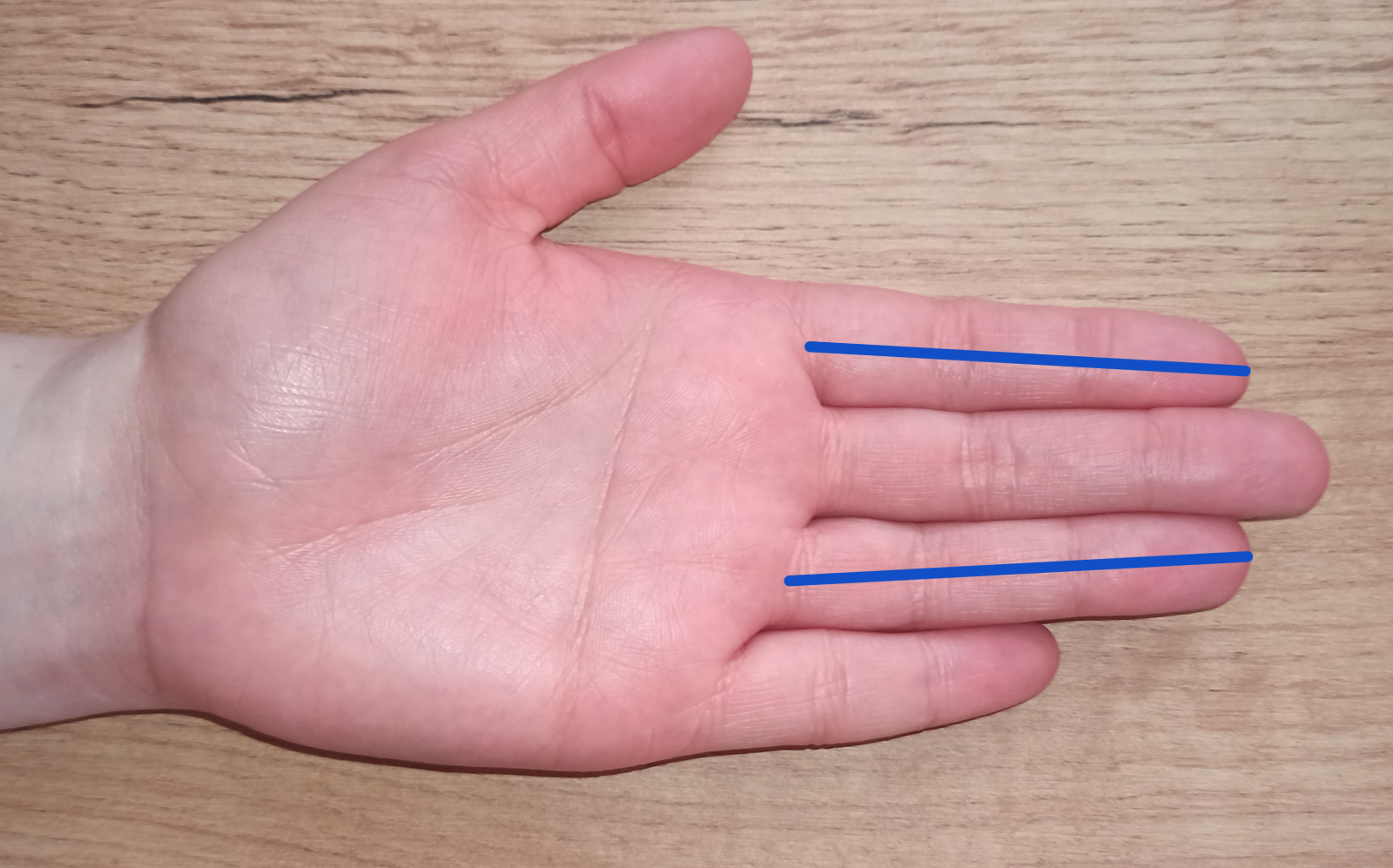
Air pollution and finger measurements
An interuniversity team of scientists, including University of Wrocław biologist dr Katarzyna Kliś, presents in the journal Scientific Reports how air pollution affects human biological development.
For many years, we have encountered information about air pollution levels in Poland during the winter season on an essentially daily basis, and much has been said about its negative impact on our health. For some time now, studies have also been appearing which highlight the adverse effects of atmospheric pollution on human biological development. For example, there are reports of their impact on the rate of puberty in women, which indicate that exposure to high levels of air pollution is associated with an earlier onset of the first menstrual period. Here it is worth noting that, in women, an early age of first menstruation is associated with an increased risk of incidence of, for example, breast cancer. There is also increasing evidence of adverse effects of atmospheric pollutants on the developing foetus, through indirect effects through the mother’s body. There are also reports of the presence of air pollutants in the placenta, which have reached there with the mother’s blood after previously entering her lungs. This is where the questions of what to do next arise? How do we find out what could be the further potential mechanism of change that could cause the adverse effects already observed in later life?
Finger length indicators and other parameters of the human body
It is worth remembering that human research is not easy. We are not always able to obtain accurate data. Take, for example, the levels of sex hormones that affect the foetus. We can determine hormone concentrations indirectly by taking samples from the mother, whereas checking hormone levels in the foetus could involve unnecessary complications of the pregnancy. We therefore test many things indirectly, if only for ethical reasons. This is where anthropometric indices come to our aid, i.e. indices that are based on simple, non-invasive measurements of the human body. One example is the 2D:4D finger length ratio, i.e. the ratio of the length of the second finger of the hand (labelled 2D, commonly known as the index finger) to the fourth finger of the hand (labelled 4D, commonly known as the ring finger). What does this indicator tell us? We know from previous studies that exposure to low androgen concentrations and high oestrogen concentrations in foetal life are associated with higher index values, while the opposite situation yields lower index values. As a rule, women have a slightly longer index finger than the ring finger, while the opposite is observed in men. Of course, there are also exceptions. So far, researchers have shown a correlation between the 2D:4D index and various parameters of the human body, such as height and body composition, physical fitness or a tendency to behave aggressively. And, most importantly, certain values of the index are associated with a higher risk of certain cancers, such as prostate cancer or breast cancer, as well as cardiovascular disease or obesity.
Do higher concentrations of pollutants affect the finger length index?
Here we return to air pollution. In a recent paper published in the journal Scientific Reports by an inter-university team of researchers entitled ‘Prenatal exposure to air pollutants and the second to fourth digit ratio in adult women’, the results of a study conducted on a group of around 1,000 female students, from several universities in the country, were published. The study investigated whether the air pollutants to which the mothers of the women studied were exposed during and shortly before pregnancy affect the values of the finger length ratio. Well, it turns out that exposure to higher concentrations of pollutants is associated with higher index values in the female students studied. This result indicates the influence of air pollution on the concentrations of sex hormones, which affect the developing organism even before birth. Obviously, these types of results do not directly indicate what the mechanism of action of pollution on biological development itself is, but they do help to identify further directions for more detailed research. In addition, given the association of the 2D:4D ratio with a higher risk of certain conditions, e.g. breast cancer in women (higher values are associated with an increased risk of this condition), we have another reason to care about air quality in our country.
Authors of a publication on the effect of air pollution on 2D:4D ratio values:
dr Paulina Pruszkowska-Przybylska, assistant professor in the Department of Anthropology, Faculty of Biology and Environmental Protection, University of Łódź;
dr Katarzyna Kliś, assistant professor in the Department of Human Biology, Faculty of Biological Sciences, University of Wrocław;
mgr Weronika Flis, PhD student at the Doctoral School of Science and Life Sciences, Jagiellonian University, working at the Anthropology Laboratory of the Institute of Zoology and Biomedical Research, Faculty of Biology, Jagiellonian University;
dr hab. Anna Sitek, university professor at the Department of Anthropology, Faculty of Biology and Environmental Protection, University of Łódź
dr hab. Iwona Wronka, university professor at the Laboratory of Anthropology, Institute of Zoology and Biomedical Research, Faculty of Biology, Jagiellonian University.
Text: dr Katarzyna Kliś
Added by: E.K.
Date of publication: 03.02.2025



